
June 12th, 2023
Christelle Lozère
Since antiquity, artistic productions bear witness to the presence of Africans in Europe. Symbols of exoticism and distant worlds, from the Middle Ages onwards their image was associated with contradictory perceptions. In modern times, the figure of the “enslaved African person” was gradually constructed by devaluing the other through the new prism of race, conquest, and imperial domination.
Since antiquity, artistic productions bear witness to the presence of Africans in Europe. Symbols of exoticism and distant worlds, from the Middle Ages onwards their image was associated with contradictory perceptions in religious art: from the sumptuous mage king Balthazar depicted by Dutch painters, and Saint Maurice, the third-century Christian martyr from Africa to the negative representations of the damned in the Last Judgment. In modern times, the figure of the “enslaved African person” was gradually constructed by devaluing the other through the new prism of race, conquest, and imperial domination. The work of historian Anne Lafont reveals how since the 17th century, the Western imagination has been shaped by an aesthetic and ideology of White supremacy over Black bodies. Wearing a turban, the figure of the Black servant appeared as an object of curiosity and entertainment whose very humanity was questioned and categorized according to a certain hierarchy established by the European scientific community.
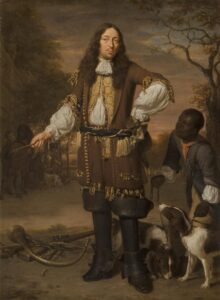
In France and England, the late 18th century was marked by a new awareness of the Black condition with a politicization of discourse. Defenders of the enslavement system opposed the supporters of emancipation. In February 1788, the Society of Friends of Black People was created in Paris. It was inspired by the Quakers of Philadelphia and London with their Society for Effecting the Abolition of the Slave Trade. Furthermore, in France, revolutionary events inaugurated the presence of the first Black men in politics. Jean-Baptiste Belley, whose portrait was painted by Girodet-Trioson in 1798, was the first Black deputy in France, representing the northern department of the colony of Saint-Domingue. Along with Toussaint Louverture, a descendant of enslaved persons, General Dumas, painted by Olivier Pichat and Louis Gauffier, was one of the symbolic figures of the emancipation of Black populations from colonial empires in the late 18th century. If the image of African people began to be humanized in the early 19th century through a number of exceptional models, the reestablishment of the system of enslavement in the French colonies and its maintenance in English territories until 1833 resulted in a hardening of the living conditions of Afro-descendant populations in Europe, whose image also deteriorated. The exhibition of Saartjie Baartman, known as the “Hottentot Venus” (South Africa), in cabarets and salons fuelled racial prejudice. Exhibited in a cage in London in 1810, and in Holland and France in 1814, she inspired vaudevilles and caricaturists. Her immense success attracted the attention of naturalists, including Georges Cuvier who recovered her corpse, popularizing racialist hypotheses.
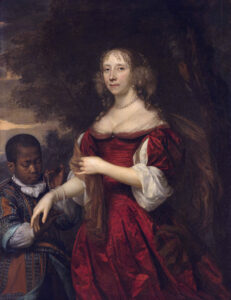
In the first half of the 19th century however, a prominent place was given to the denunciation of the horrors of enslavement in the arts, particularly by the Romantics. Artists with a keen socio-political conscience such as Théodore Géricault, Félix Martin, William Blake, William Turner, John Simpson, and journalists of the day sought to expose and denounce, sometimes in large formats or in engravings, the living conditions of African captives in the holds of trading ships, corporal punishment, the revolts of enslaved men and women, as well as the violence and moral excess of European colonial society. These depictions were vastly different from the gallant, idealized scenes of Afro-Caribbean Creole society in the late 18th century, as painted by Augustino Brunias, Le Masurier, and Grasset de Saint-Sauveur. For Marcel Dorigny, the abolitionists quickly appropriated “what appeared from the 18th century onwards as the absolute symbol of the barbarism of the trade in human beings, denouncing not only the horror of the conditions of this very particular transaction, but also the very existence of such a trade, which placed those who dared to practice it outside of humanity”. Anne Lafont also shows the extent to which “the appropriation of the African body by the artistic, visual, and objectal culture of the Enlightenment” led the 19th century to question “the possibility of a shift from radicalization to the process of imagining and heroizing Black people ” in the era of the Atlantic revolutions. The new place given to the Black man, now a symbol of courage and hope for Géricault in The Raft of the Medusa for example, went against the image of the Black figure with often animal-like features, stripped of humanity, and the subject of fantasy and popular discrimination in the Age of Enlightenment. However, another imaginary or vision existed at the same time in the arts with the development in the 19th century of Orientalism, which triumphed at a time when the French and British empires were becoming increasingly dominant. For traveling European artists, African people were picturesque in the literal sense of the term (Hugh Honour). Ethnographic representations became increasingly precise, sometimes echoing, through the illustrated press, the “savagery” and “strangeness” of the Other who needed to be civilized and educated through colonization. In the Caribbean, the image of African people, on the other hand, was blurred somewhat with the development of picturesque views in Jamaica and Guadeloupe, in particular. The human suffering of the enslaved individual was completely occulted in favour of an aesthetic sublimation of a rich and fertile natural landscape dominating the body of the silent worker in an overwhelming game of scale.
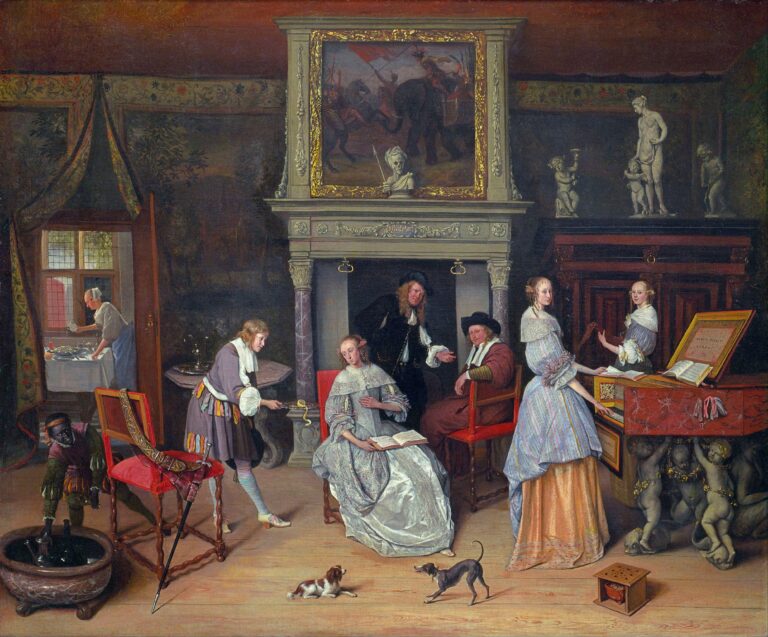
After 1848, the changes in the political regime in France modified the civic status of Afro-descendant men and women from the “old colonies” who now gained the right to vote and to stand in elections, while elsewhere, the colonized African “native” was deprived of all rights. In the Caribbean, this passage was staged, in the second half of the 19th century, through the development of the post-enslavement social realist genre scene. To justify the imperial model, the former American colonies now displayed to Europe, through images, their entry into urban modernity and social progress through the illustrated colonial press and travel literature. A small Black and biracial community from these former colonies was established in Paris, London, and Madrid. Belonging to the bourgeoisie of colour, some pursued university studies, others entered politics. Most however, came from poor, disadvantaged backgrounds. A handful become famous as performers in traveling circuses and cabarets touring Europe. Others made a name for themselves as artists’ models. But if Black models were a source of fascination, the daily reality of Africans, Afro-Caribbeans, and Afro-Americans in Europe continued to be impacted by the prejudice of colour and a hierarchical categorization of individuals. Scientific racism was more strongly rooted in Europe and theorized the alleged biological inferiority of Black people through the success of publications by Gobineau, Blumenbach, and Langlebert. From the 1870s onwards, exhibitions of human beings increased in Berlin, London, and Paris, attracting crowds with the promise of discovering authentic “African villages” and “zoological shows”. A veritable industry emerged, led by private entrepreneurs who took advantage of Western enthusiasm for exhibitions to make a business and profit in such activities. In these spectacles, the so-called “primitive” was presented as an uncivilized being, with wild instincts, and natural, child-like mores. Having become an entertaining commercial medium, the stereotypical image of the African individual became popular in homes through the rise of photography, advertising cards, and in the early 20th century, the postcard. For the enthralled Westerner, the African “Other” embodied the inverted mirror of progress and civilization.
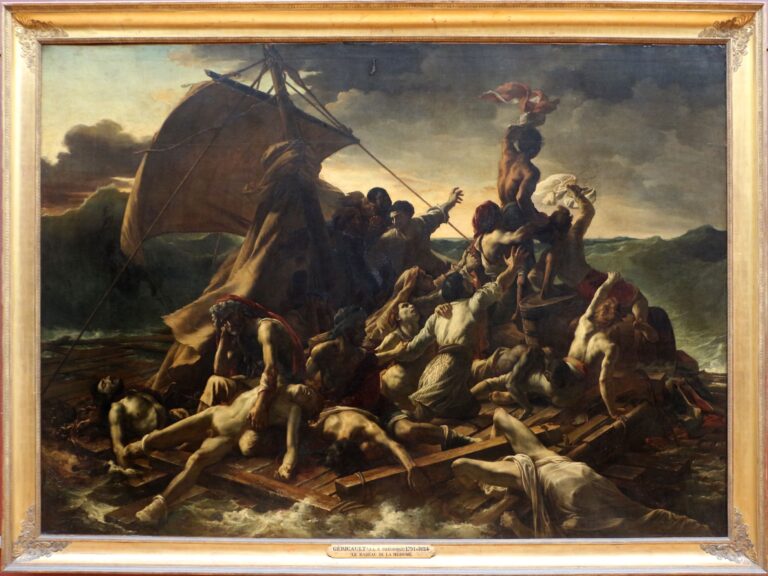
The work of historian and French politician Pap Ndiaye has revealed how the interwar period was pivotal in the emergence of a Black identity, with similarities and parallels existing between Paris and the United States. His research has highlighted the intellectual, political, and cultural exchanges between the Black populations of Africa, the Caribbean, and the Americas. The Black imaginary, in all its diversity, but also its fantasies and prejudices, benefitted from popular communication instruments like colonial exhibitions (Paris, London, Amsterdam, Antwerp, Brussels, Porto, Genoa, Naples, Dresden), cabarets, and cruise tourism. The role of painters and photographers, in continuous movement throughout the Empires, was key to the circulation of an imperialist colonial aesthetic. However, in France, the French West Indies (Antilles) and Guyana chose to distance themselves from visions of Black people as “savages” and “primitive”, shaped by the systems of colonialism and enslavement, to on the contrary, construct, from the end of the 19th century, an image of “the old colonies” where inhabitants were civic-minded, civilized, educated, and resolutely turned towards progress and Republican meritocracy. The regionalist image of the French West Indian and Guyanese, wearing a specific traditional costume (as opposed to nudity) became the symbol and argument of French assimilationist policy, which sought to convince voters of the benefits of three hundred years of colonization to justify its application in the Empire. The celebration of the Tercentenary of the union between the Antilles and Guyana with France marked the triumph of the Republican imperialist imaginary and the conceptualization of a tourist vision for the Caribbean.
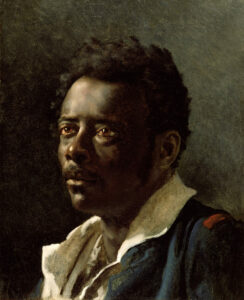
It was in this context of the submission of peoples, fully institutionalized in Europe, that a Black and biracial, alternative, subversive, and anti-colonialist thought emerged in the writings of Gilbert Gratiant, Léopold Sédar Senghor, Aimé Césaire, the Nardal sisters, and Léon-Gontran Damas. The repudiation of the imperialist model was essentially articulated by the emerging Black intelligentsia, mostly comprising the intellectuals living and studying in the major European capitals. Paris, London, and Madrid for example, gradually became centres of international activism. For art historian Veerle Poupeye, the 1930s were a pivotal period corresponding to the golden age of nationalism on a global scale. An aesthetic revolution was underway in Harlem (through its Renaissance) and the Greater Antilles, which aimed to distance the image of Black people from degrading racial stereotypes through a positive and empowering reappropriation of African cultural identity. In the Caribbean, this revolution of images and imaginations flourished from the Second World War onwards through the rise of Pan-Africanism in Jamaica and anti-colonialist Cesairian negritude conveyed through the surrealism of André Breton, and from the 1980s onwards, with In Praise of Creoleness by Édouard Glissant, Jean Bernabé, and Patrick Chamoiseau, and their respective impact on the world.



About the author
Christelle Lozère is a lecturer in art history at the Université des Antilles and co-director of the FRACA team (UMR LC2S). She is the author of Bordeaux colonial (Ed. Sud Ouest 2007), La Croisière du Tricentenaire des Antilles et de la Guyane (Hémisphères, Maisonneuve & Larose, 2022), and some forty articles on the history of colonial art in the Antilles and the Caribbean within the slavery and post-slavery context (19th century – 1946). She was awarded the Prix du Musée d’Orsay in 2011 for her dissertation presented at the Université Bordeaux III, and she was also invited in a guest researcher capacity to the INHA, the Clark Art Institute (EU), and Villa Vassillieff.
Bibliography
DORIGNY, Marcel. Arts & Lettres contre l’esclavage. Éditions Cercle d’Art, 2018, p. 14.
LAFONT, Anne. L’art et la race. L’Africain (tout) contre l’œil des Lumières. Paris: Les Presses du réel, 2019.
LOZÈRE Christelle. La croisière du Tricentenaire des Antilles et la Guyane, Construction d’un imaginaire atlantique. Hémisphères, Maisonneuve et Larose, 2022.
NDIAYE, Pap. La condition noire. Essai sur une minorité française. Gallimard, 2009.
POUPEYE, Verle. Caribbean Art. London: Thames and Hudson, 1998.
HONOUR, Hugh. The Image of the Black in Western Art. Slaves and Liberators, Part I. Boston: Harvard UP, 1989.
All rights reserved | Privacy policy | Contact: comms[at]projectmanifest.eu

Lorem Ipsum is simply dummy text of the printing and typesetting industry. Lorem Ipsum has been the industry's standard dummy text ever since the 1500s, when an unknown printer took a galley of type and scrambled it to make a type specimen book.